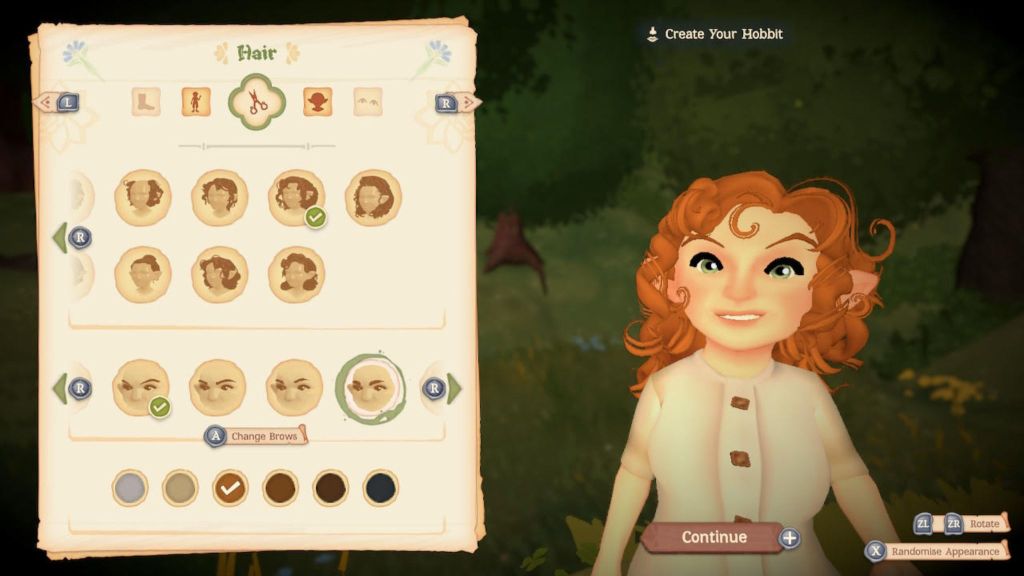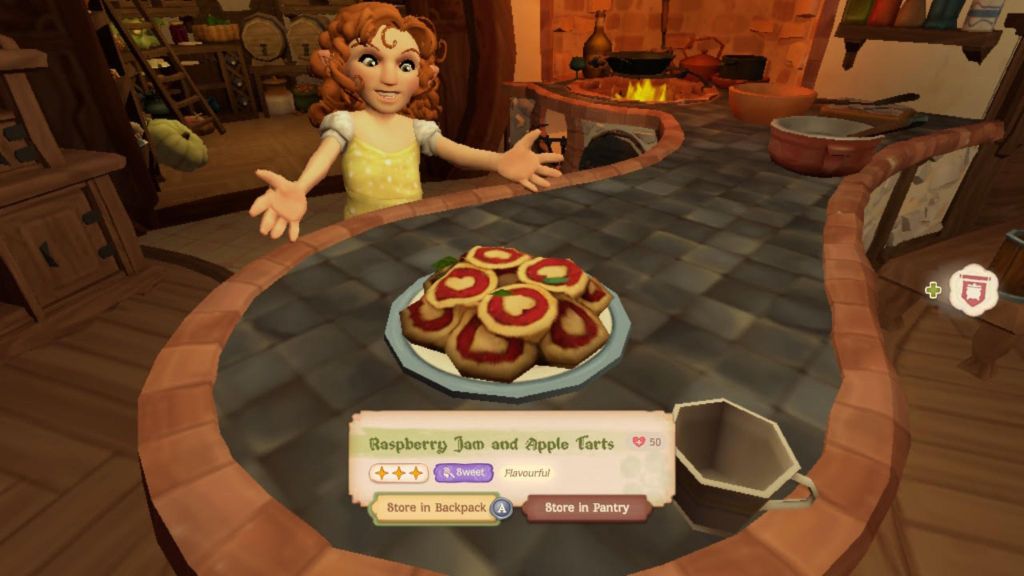When Tales of the Shire was first announced, I was among the cozy gamers absolutely losing their minds with excitement. The game puts a wholesome, Hobbit-centric spin on a game set in Middle Earth. In other words, it’s the LOTR content we didn’t even know we needed. With a few release date delays under its belt, Tales of the Shire is finally getting ready to arrive. Like a wizard, a cozy hobbit game is never late, but arrives precisely when it means to. And I think gamers will be glad this shared meal got to spend a little more time in the oven.
Videos by ComicBook.com
Tales of the Shire brings in many elements that you want to see in a farming sim sort of game. Players can plant and tend to crops, take care of chickens, forage wild plants, and go fishing. There’s also a robust cooking system that brings in a Shared Meal mechanic, something that puts a delightfully Hobbit-centric spin on the cooking and gifting you often see in cozy games.
The art style of Tales of the Shire has been a point of debate for many fans. In particular, opinions are mixed on the character creation and NPC designs. When I dove in to create my very own Hobbit self, I was pleased to see there were a good number of options for hairstyles, body types, and outfits. The character creation isn’t as robust as in some games, but it still lets you create a Hobbit persona that feels all your own. I especially appreciated the name generator, which helps you craft a truly Shire-style name for your character, if you choose. This is just the beginning of carefully thought-out lore offered in Tales of the Shire.

Once you create your Hobbit self, you dive right into the town of Bywater. As your journey begins, a familiar face that’s quintessential to the Shire greets you – I won’t spoil just who. But, from this beginning story beat, it’s clear that Tales of the Shire will not ignore its source material, even as it crafts a new story all its own. There are a ton of little easter eggs for players to uncover, from location descriptions signed “B.B.” on the map to familiar characters in Bywater and beyond. These are nice touches for those familiar with The Hobbit and The Lord of the Rings. But those less familiar with Tolkien’s world can still step into the Shire and feel at home even if they’ve no reason to recognize references to the Old Gaffer.
The gameplay mechanics offer just enough complexity to keep you engaged without feeling overly complicated. Gardening is relatively straightforward, but with the option to go a little deeper. Each plant has certain seeds it likes to grow alongside and others it doesn’t, letting you improve your crops by being strategic. As you delve deeper into the story, you will unlock the ability to upgrade key skills. Fishing, cooking, foraging, and farming can all be leveled up. With higher tiers come better perks such as higher-quality items and even expansions for your farming space. This makes the grind feel rewarding, giving you a reason to explore the Shire and partake in those daily Hobbit activities even outside of the main story quest.
Speaking of the main story, it’s incredibly cute. It’s a Hobbit-sized problem, letting you work towards something without feeling overwhelming. The story is relatively short, and I was a bit surprised when I realized I’d already come to the end. But there’s a lot of side content to make the game worth its asking price. Even once the story ends, there are skills to level up, recipes to unlock, and new forageables to uncover. And of course, you can keep on sharing meals with your fellow Hobbits to level up friendships and learn what else Bywater has to offer.

Inviting your fellow Hobbits to Shared Meals is a key part of the gameplay loop, and it was definitely my favorite part of the game. This mechanic is a delightful way to immerse the player in cooking. Each guest has specific cravings for flavors and even dishes. Your job is to craft meals for each guest to make the perfect meal. When you do, you’re rewarded with a friendship level-up, plus a new recipe or ingredient. To me, this was a much more enjoyable way to level up friendship than just chucking gifts at NPCs as you do in many cozy games. The cooking mechanic offers a series of ways to prepare ingredients and balance flavors, so it keeps you guessing as you work to craft each dish.
Another fun detail is that your fellow Hobbits will indeed get a bit upset with you if you don’t invite them to Shared Meals often enough. I found this out the hard way, and was utterly delighted to learn that dining together with my fellow Bywater villagers was not an option, but a mandate for a comfortable life among the Hobbits. This gave the NPCs a bit more character, along with being an incentive to be sure to engage with each and every one of them.

While there was a lot to love in Tales of the Shire, there are a few downsides, primarily with how the game runs. The world of the Shire is lushly created, with a soft, watercolor art style. That said, there’s a lot going on on screen, which sometimes causes the game to stutter a bit. The draw distance is also a bit short, so you’ll sometimes watch plants and animals pop into existence if you explore too quickly. Some cutscenes also load in slowly, leading to some awkward pauses before everything renders properly.
These technical issues were worse when I first dove into the game, leading to relatively frequent crashes. Ahead of launch, Weta has already pushed out one patch that greatly improved how the game runs. Having played several hours since the patch was released, I’m confident those issues will be mostly worked out for gamers who pick up Tales of the Shire. That said, some of the visual issues remain.
If you can get past a few little quirks in how the game runs, however, Tales of the Shire is going to be well worth your time. It is truly a cozy and wholesome escape to the Shire, full of the daily tasks a Hobbit loves best – cooking, eating, and enjoying time with friends.
Rating: 4 out of 5
A Tales of the Shire review code for the Nintendo Switch platform was provided by the publisher.








